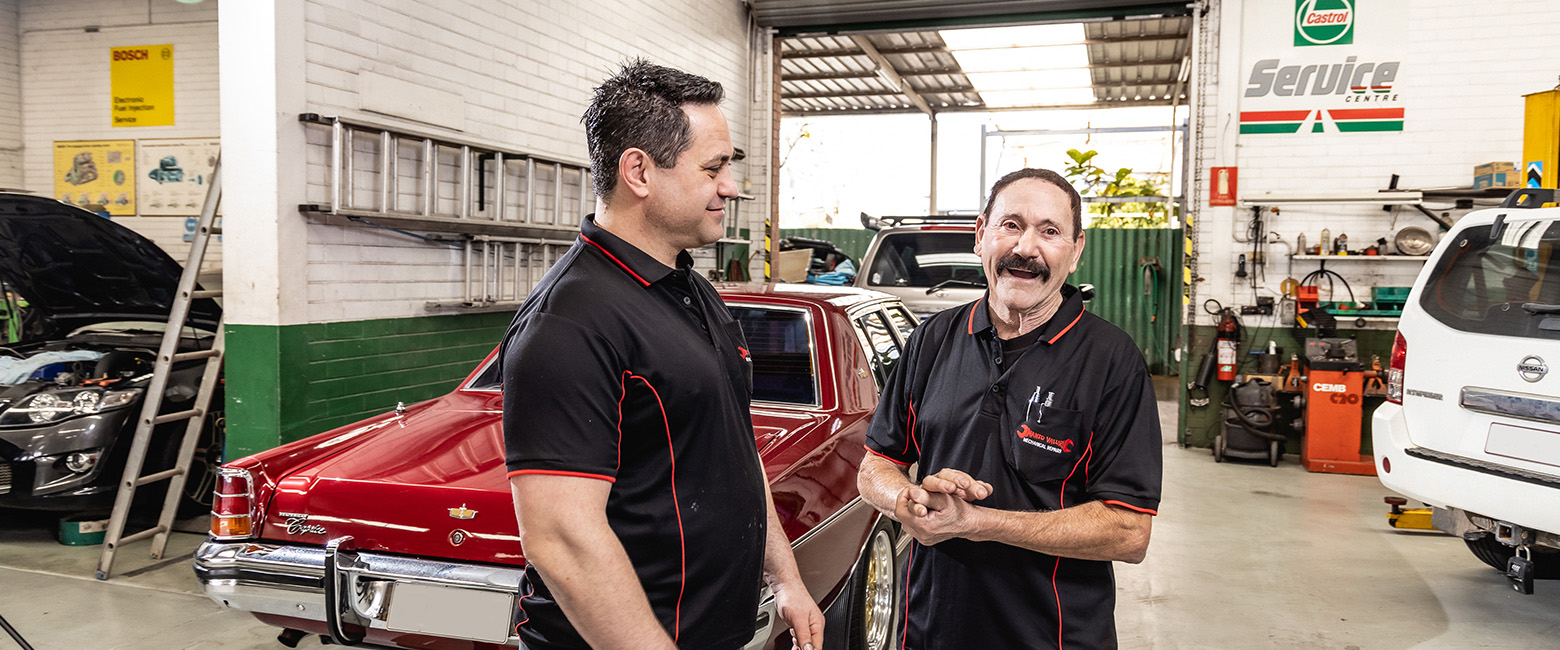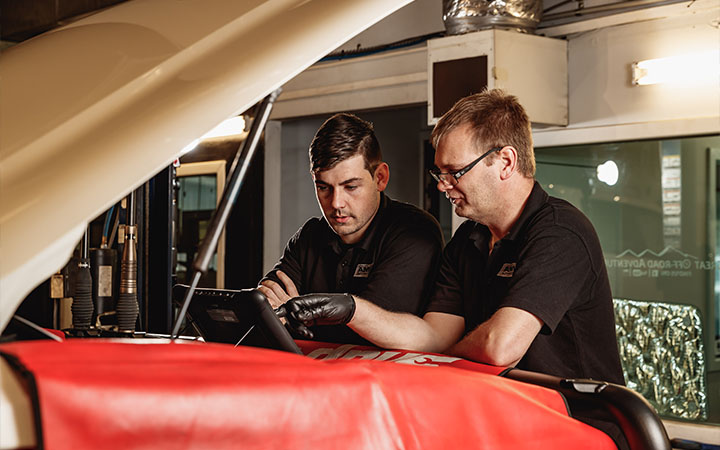It doesn’t automatically mean the workshop is achieving optimum profitability for the hours and effort it puts in. For many it just means working harder for the same result.
The number one reason for this is poor technician productivity, or the proportion of a technician’s work week that is productive and invoiced to customers. A simple example: if your technician worked eight hours and at the end of the day only four hours were invoiced to customers, technician productivity will be 50 per cent.
Technician productivity is obviously impacted by every technician’s skill set but it’s not the overriding factor. Just as important are the internal procedures and workshop culture. Below are some proven tips that will help improve your workshop’s productivity.
Set output expectations
Sales reps, accountants, lawyers and even parking inspectors all have targets they are expected to reach. Automotive technicians should be no different. Start by reviewing all your technicians. After taking into account their qualification levels and any additional responsibilities they have in the workshop, write down how many hours you think they should be able to charge out each day. Make sure the review includes historical data so that your new target is realistic.
Having determined your technicians’ chargeable hours target, discuss it with the staff so they are very aware of the workshop’s expectations.
Record time taken on jobs
I remain amazed by the number of workshops that don’t record the time taken on each job. Some business owners have this warped belief that they know exactly how long everyone is spending on each job. Labour is the most important commodity a workshop sells, so it demands a lot better than a rough estimate.
It’s imperative that all technicians clock on/off jobs or manually record start/finish times. This information can then be used to calculate how many hours each technician has sold each week and also is a means of analysing those jobs on which technicians gained or lost time. Modern workshop software programs should make this a fairly automated process.
Analyse technician labour results and discuss with the team
There is no point recording technician output if you are going to do nothing with it. Each week or month you need to devote the time to analyse every technician’s performance reports. Where appropriate, discuss the results with your team either as a group or individually, so that a mutually acceptable path to improvement can be worked out. Again, modern workshop systems should make it very easy to generate these reports.
Managing the type of work booked in
The natural tendency is to book jobs on a first-in, first-served basis. Any job is certainly better than nothing, but when you start booking out in advance you will be able to start allocating work to those days that will match the technicians you have available.
For example, a day spent on diagnostic work and timing belts on late-model vehicles will most probably result in junior staff standing around doing little. In this instance leave some space in the diary for general servicing and repairs and only at the last minute fill it up with more advanced jobs.
Estimate hours when taking bookings
Job prices can vary from $50 to $5,000 so the number of jobs you have booked in is irrelevant. Workshops sell labour hours, so this is what you must estimate and monitor when taking bookings.
As each booking is taken, use your experience to best estimate the time it will take to complete the job and any estimated additional work. Stop booking in work only when you estimate that all available technician hours will be fully utilised.
Review vehicle history with the customer
When customers drop off their vehicle it is imperative that the vehicle’s previous history is reviewed and discussed. Very often, items you’ve mentioned last time will be well overdue.
Technician productivity will be significantly boosted if you have the go-ahead on additional items before technicians have started the job, rather than having to report the same problem again and then wait for customer approval or parts before the job can be completed.
Charge for diagnostic time
It’s in a technician’s DNA to fix customer problems by spending whatever time it takes to figure out how to approach the problem before they even pick up a spanner. This is all very noble, but if every minute of this time is not being charged, technician productivity goes out the window.
Diagnostic work must be treated like any other service. You would not do a brake fluid flush for free, so why diagnose a customer’s problem for free? The customer is paying for your expertise, which begins the moment they walk in the door and tell you what’s wrong with their car.
Be up-front with the customer and gain a financial commitment before going ahead. This methodology needs to be applied to standalone diagnostic problems or a routine vehicle service when a customer may have asked for an additional problem to be fixed. A service is a service, and the book time allocated for that service does not accommodate the extra time to investigate why the headlight globe keeps blowing.
Learn to say no
In today’s complex vehicle maintenance world, it is no longer realistic to expect that technicians can do every type of job on every model. This expectation is a recipe for disaster and nothing kills productivity like a job gone wrong. Many of the best workshops I know have learnt to say no and happily refer work on to associates and other workshops. Being realistic means accepting those jobs your workshop is good at, and outsourcing the rest.


